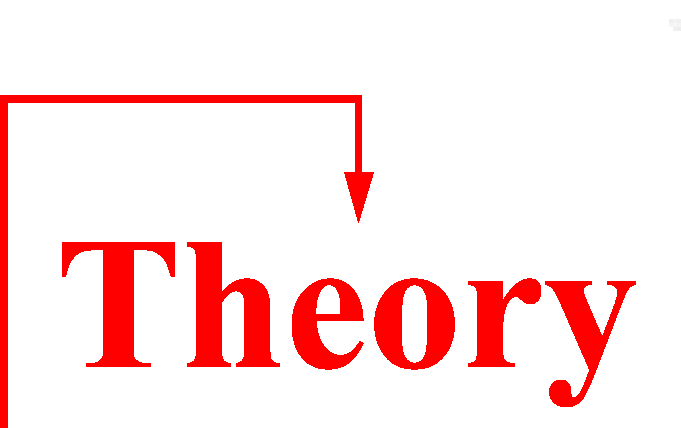 The lecture this week was revolved around communication theory and we found that there are seven different types of communication theories and these are either Transmissional or Constitutive theories and we looked at the Transmissional Theory of Cybernetic or Information Theory of Communication. This was developed as a solution on the suffestion that greater communications wins wars during WW2 and the usage of transmitters and receivers at that time was a useful system in being able to distinguish the message and evolved into the seven traditions of communication theroy which deploy into two groups the Transmissional (Cybernetic) and Constitutive.
The lecture this week was revolved around communication theory and we found that there are seven different types of communication theories and these are either Transmissional or Constitutive theories and we looked at the Transmissional Theory of Cybernetic or Information Theory of Communication. This was developed as a solution on the suffestion that greater communications wins wars during WW2 and the usage of transmitters and receivers at that time was a useful system in being able to distinguish the message and evolved into the seven traditions of communication theroy which deploy into two groups the Transmissional (Cybernetic) and Constitutive.Transmissional theory is the technical side of sending and receiving messages and the unknowing of getting the messages wrong.
Constituitive theory is how messages are seen and how the message is similar to the sender as well as the receiver. Receiving a message from someone with a different cultured background which is viewed in a different perpsective. Cybernetic theory is the steps of the transmission process into detailed steps and there are three sets of problems:
- Technical is the coding of the transmission in terms of codes and the systems usage.
- Semantics is the language of the message and how they it would be a problem if part of the message was lost
- Effectiveness is the message giving the right mood through the messages wording
- Semiotics-language being precise to become a clear message
- Phenomenological Tradition-the repetitive use of a message through the understanding of physical life experiences
- Classical Phenomonology-the viewers subjective analysis is not considered
- Phenomonology of Perception-our knowledge is through our choices from views
No comments:
Post a Comment